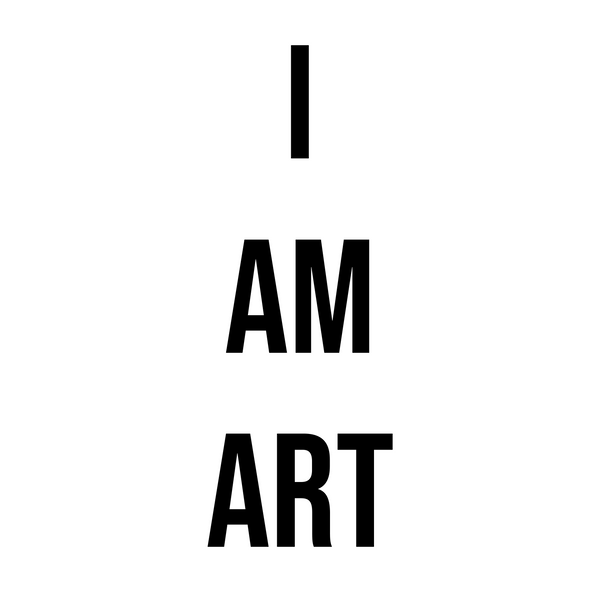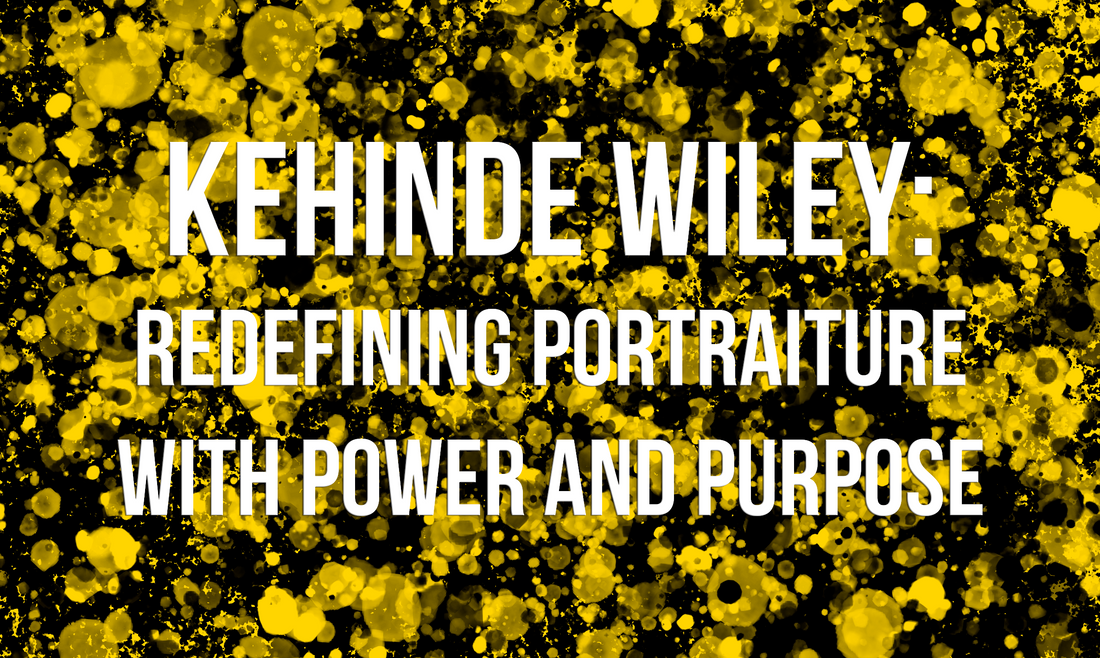
Introduction: In the realm of contemporary art, Kehinde Wiley stands out as a visionary artist whose work transcends traditional boundaries. Born in Los Angeles in 1977, Wiley has become renowned for his bold and provocative reinterpretations of classical portraiture. His art not only challenges preconceived notions of beauty and power but also addresses issues of race, identity, and representation. This blog delves into the life and work of Kehinde Wiley, exploring the artist's unique approach to portraiture and the profound impact he has had on the art world.
Background: Kehinde Wiley's journey as an artist began at an early age, fueled by his passion for art and a desire to see people like himself represented in the grand tradition of portraiture. He studied at the San Francisco Art Institute and later earned his MFA from Yale University. Wiley's academic background, combined with his keen understanding of art history, laid the foundation for his distinctive artistic style.
The Wiley Aesthetic: Wiley's art is characterized by its striking combination of classical portraiture techniques and contemporary subject matter. One of his signature approaches involves placing contemporary individuals, often African American men, in poses reminiscent of historical paintings. The juxtaposition of the classical and the modern creates a powerful tension that challenges viewers to reconsider their assumptions about race, power, and representation.
Notable Series: Wiley has produced several notable series that showcase his mastery and innovative vision. The "World Stage" series, for example, features portraits of young men from various countries, highlighting the global impact of his work. The "Passing/Posing" series explores the complex interplay between identity and performance, inviting viewers to question the authenticity of the portrayed personas.
Presidential Portrait: In 2018, Kehinde Wiley gained widespread recognition for his commission to paint the official portrait of President Barack Obama. Departing from the conventional presidential portraiture style, Wiley portrayed Obama sitting against a backdrop of vibrant greenery, symbolizing his roots and connection to nature. The portrait received acclaim for its modernity and the breaking of traditional norms, making it a symbol of change and progress.
Social Commentary: Beyond the visual aesthetics, Wiley's work serves as a powerful commentary on societal issues. By placing marginalized individuals at the forefront of his canvases, he challenges the historical absence of Black subjects in art. Wiley's art becomes a vehicle for empowerment and a celebration of the diversity and beauty within different communities.
Legacy and Influence: Kehinde Wiley's impact on the art world extends beyond the canvas. His work has inspired a new generation of artists to reconsider the possibilities of portraiture and to engage with themes of identity and representation. Wiley's legacy lies not only in the art he creates but also in the conversations he sparks about inclusivity and the reimagining of art history.
Conclusion: Kehinde Wiley's artistic journey has been a transformative force in the world of contemporary art. Through his innovative approach to portraiture, he challenges established norms and provides a platform for marginalized voices. Wiley's work serves as a testament to the power of art to provoke thought, inspire change, and redefine the boundaries of artistic expression. As we continue to navigate the complexities of identity and representation, Kehinde Wiley stands as a beacon of creativity and a catalyst for a more inclusive and diverse art world.
'I don't do ART... I AM ART!'
@Artist_One
#IAMART

